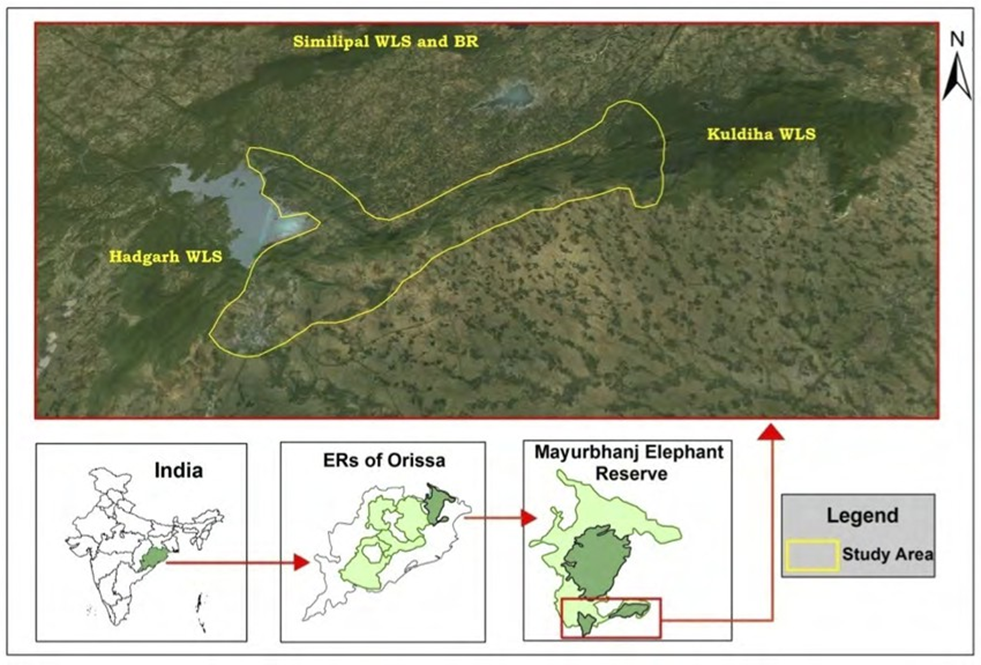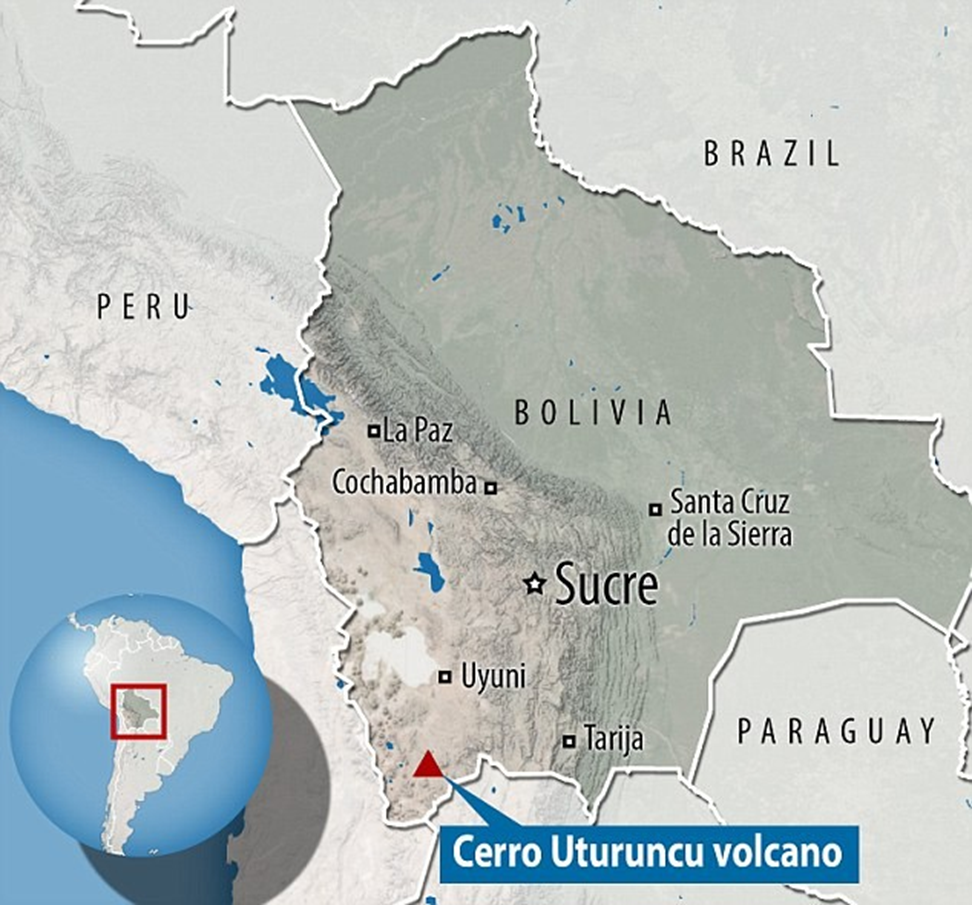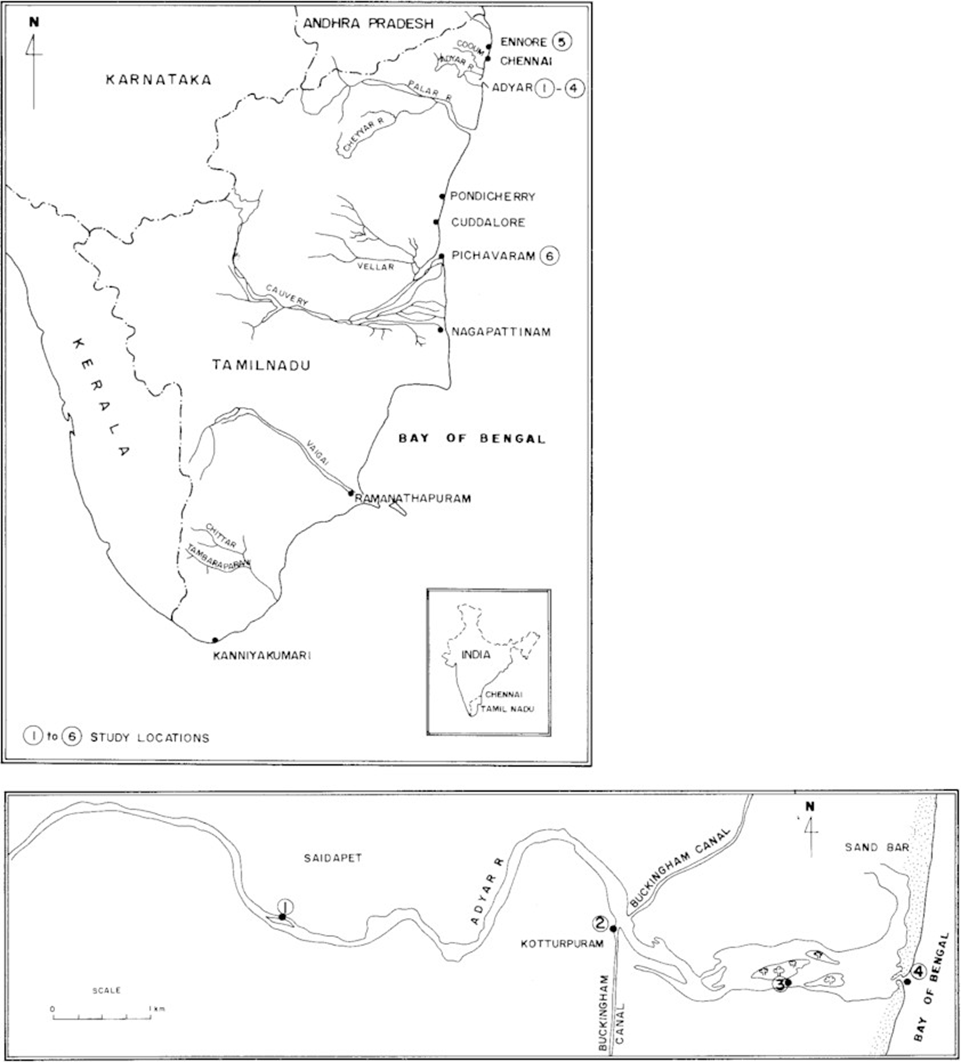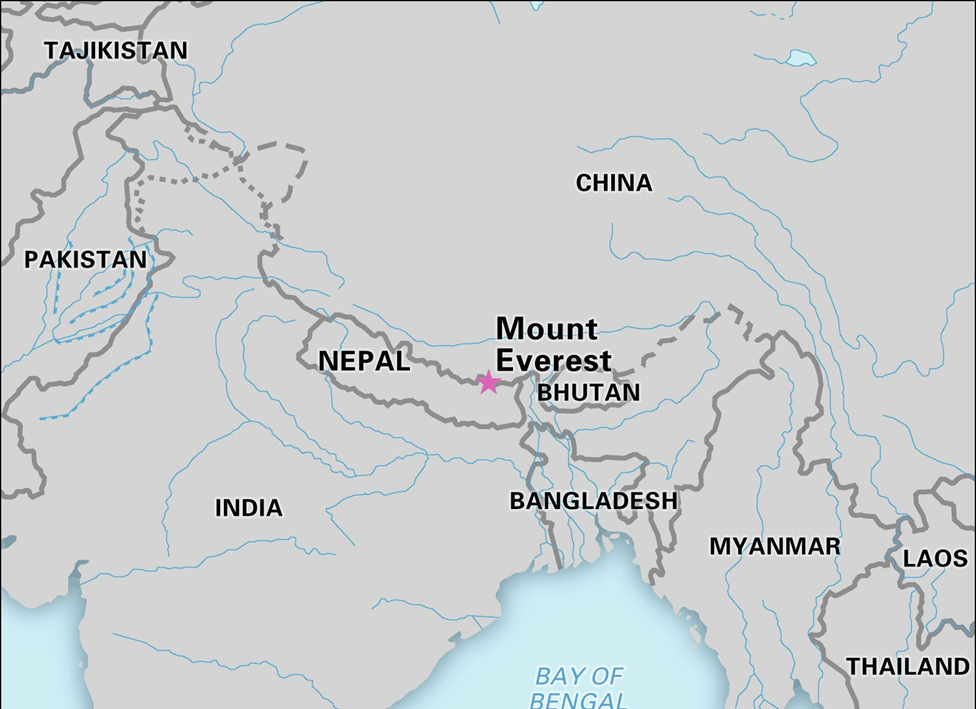- Courses
- GS Full Course 1 Year
- GS Full Course 2 Year
- GS Full Course 3 Year
- GS Full Course Till Selection
- Answer Alpha: Mains 2025 Mentorship
- MEP (Mains Enrichment Programme) Data, Facts
- Essay Target – 150+ Marks
- Online Program
- GS Recorded Course
- Polity
- Geography
- Economy
- Ancient, Medieval and Art & Culture AMAC
- Modern India, Post Independence & World History
- Environment
- Governance
- Science & Technology
- International Relations and Internal Security
- Disaster Management
- Ethics
- Current Affairs
- Indian Society and Social Issue
- NCERT- Science and Technology
- NCERT - Geography
- NCERT - Ancient History
- NCERT- World History
- CSAT
- 5 LAYERED ARJUNA Mentorship
- Public Administration Optional
- ABOUT US
- OUR TOPPERS
- TEST SERIES
- FREE STUDY MATERIAL
- VIDEOS
- CONTACT US
PLACES IN NEWS 30th APRIL 2025
PLACES IN NEWS 30th APRIL 2025

Kuldiha Wildlife Sanctuary
Why in news?
a. A poacher was arrested after a gunfight with forest guards at Kuldiha Wildlife Sanctuary, Balasore.
About Kuldiha Wildlife Sanctuary:

- Location:
- Kuldiha Wildlife Sanctuary is located in Balasore district of Odisha, nestled within the Eastern Ghats and spread over 272 sq km in the Chota Nagpur Plateau region.
- It is an integral part of the Similipal-Kuldiha-Hadgarh Elephant Reserve, serving as a crucial corridor for elephant conservation in eastern India.
- The sanctuary maintains natural connectivity with the Simlipal Tiger Reserve via the Nato and Sukhupada Hill ranges.
-
- A network of water streams, including the Kuldiha stream and its tributaries, supports the sanctuary’s biodiversity.
- Flora and Vegetation:
- The sanctuary features a typical blend of Peninsular Sal forest and moist mixed deciduous forest, characteristic of the region.
- Adjoining the Nilgiri forest in the North and the Mayurbhanj Forest in the West, Kuldiha offers a rich mix of plant species.
- Major tree varieties include sal, jamun, piyasal, bahera, mango, and simul, which form a dense canopy and support diverse fauna.
- Fauna:
- Kuldiha is home to several endangered and threatened species, such as the Asiatic Elephant, Leopard, Gaur, Mouse deer, Pangolin, Ratel, and Giant Squirrel.
- The sanctuary also shelters rare bird species like the Hill Myna, Woodpecker, Hornbill, and Eagles.
- Poaching Activities:
- Despite its ecological importance, poaching remains a concern in the region.
- Recent incidents, including an exchange of fire between forest guards and poachers, highlight the ongoing threats to wildlife, especially elephants and other endangered species.
- Strengthened patrolling and community involvement are essential for preserving this critical habitat.
Mackinac Island
Why in news?
a. In Michigan's car-producing heartland, Mackinac Island is a tranquil place where motor vehicles are banned and horses dominate.
About Mackinac Island:

- Location and Geography:
- Mackinac Island is a picturesque island and city located in northern Michigan, in the United States.
- It sits at the northeastern tip of Lake Huron, near the confluence where Lake Huron meets Lake Michigan, two of North America's Great Lakes.
- Covering an area of 4.35 square miles, the island is edged by limestone cliffs and reaches a height of 339 feet (103 metres) in its eastern part, offering stunning panoramic views.
- Uniqueness and Transportation Ban:
-
- What sets Mackinac Island apart is its complete ban on motor vehicles, a policy in place since 1898 to preserve the island’s historic charm and tranquil environment.
- Instead of cars, horses, buggies, and bicycles are the primary modes of transportation.
- This car-free culture, coupled with well-maintained Victorian-era architecture, creates a unique 18th- and 19th-century atmosphere, making the island a living museum of early American life.
- Historical and Regional Significance:
- Originally home to the Anishinaabe People, the island saw the arrival of the French in the 1600s, followed by British control in the 1700s, and later became part of the United States.
- Today, Mackinac Island State Park spans most of the island, offering wooded trails, the iconic Arch Rock formation, and historic landmarks like Fort Mackinac, the Beaumont Memorial, and the Stuart House.
Uturuncu volcano
Why in news?
a. Scientists from China, the UK, and the U.S. studied Bolivia's Uturuncu volcano, identified the causes of Uturuncu's unrest and eased eruption concerns.
About Uturuncu volcano:

- Location and Geography:
- The Uturuncu Volcano is located in southwestern Bolivia, nestled within the
Andes Mountains.
-
- Standing at an elevation of approximately 6,008 meters (19,711 feet) above sea level, it is the highest peak in southern Bolivia and a prominent geological feature of the region.
- Key Features:
- Uturuncu is a stratovolcano, primarily composed of dacitic lava domes and flows.
- It sits directly above the Altiplano-Puna Magma Body (APMB)—an enormous underground reservoir of magma that spans southern Bolivia, northern Chile, and northern Argentina.
-
- The volcano is surrounded by a 70-kilometre-wide uplifted area, indicating subsurface movement.
- Eruption History and Volcanic Activity:
- Although Uturuncu last erupted around 250,000 years ago, it remains
seismically active.
-
- This activity, however, has not led to a modern eruption, earning it the nickname "zombie volcano."
- Scientists attribute its ongoing unrest to the movement of gas and molten rock beneath the surface, though the risk of an imminent eruption remains low.
Adyar River
Why in news?
a. Delayed dredging has led to severe silt and water hyacinth buildup, choking Chennai's Adyar River and affecting its flow.
About Adyar River:

- Origin and Course:
- The Adyar River, one of Chennai’s key rivers, originates from the
Sriperumbudur taluk of Kanchipuram district, Tamil Nadu.
-
- It begins to take the form of a stream only after the waters from
Chembarambakkam Lake join it at Thiruneermalai.
-
- The river then flows eastward through Kancheepuram, Tiruvallur, and Chennai districts for about 42.5 km (26.4 miles) before draining into the Bay of Bengal at the Adyar estuary.
- Along its course, it forms an estuarine ecosystem that stretches from Adyar Bridge to a sandbar at the sea’s edge, creating islets and the Adyar Creek, a tidal backwater system.
- Ecological and Environmental Challenges:
- Despite being crucial for Chennai’s estuarine biodiversity, the Adyar River faces serious pollution issues.
- Collecting excess water from around 200 lakes and tanks, its catchment area spans 860 sq. km, but it also receives a significant load of untreated sewage and industrial effluents, especially after reaching Nandambakkam near the city.
- This contamination has led to the degradation of water quality and a decline in aquatic biodiversity.
- One of the major visible impacts of this pollution is the unchecked growth of
water hyacinth, which thrives on nutrient-rich wastewater.
-
- Combined with silt buildup and delays in dredging, this invasive plant chokes water flow, affecting boating, fishing, and the tidal exchange vital for the estuary’s health.
- While restoration efforts like Adyar Poonga and the cordoning of floodbanks have seen some success, long-term ecological revival demands stricter waste management and sustained community engagement.
Mount Everest
Why in news?
a. Nepal introduces strict new regulations for Everest climbers, aiming to enhance safety, environmental protection, and climber preparedness.
About Mount Everest:

- Location
- Mount Everest, the world’s highest peak, rises to 8,848.86 metres (29,031 ft) above sea level.
- Known as Sagarmatha in Nepal and Qomolangma in Tibet, it is situated in the
Mahalangur Himal sub-range of the Himalayas.
-
- The international boundary between Nepal and China runs across its summit, with its southern slopes in Nepal and northern face in Tibet.
- Flora and Fauna
- Due to its extreme altitude and harsh conditions, Everest hosts sparse vegetation.
- Mosses and alpine cushion plants such as Arenaria grow up to 6,480 metres.
- Satellite data (1993–2018) shows expanding vegetation in the region. In terms of fauna, high-altitude survivors include the black jumping spider (Euophrys spp.), found at altitudes above 6,700 metres.
- Birds like bar-headed geese have been observed flying over the summit, and
yellow-billed choughs are seen near the South Col.
-
- Larger animals like yaks, used in expeditions, thrive due to their thick fur and powerful lungs.
-
- Other species include the Himalayan tahr, red panda, black bear, and snow leopard, mainly inhabiting lower altitudes.
- Climbing and Hazards
- Climbing Everest has become increasingly popular, drawing mountaineers worldwide.
- However, overcrowding, especially in the "Death Zone" above 8,000 metres, poses serious risks due to limited oxygen, narrow trails, and extreme weather.
- In 2023, 12 climbers died and five went missing despite 478 permits being issued.
- Recent Legislation in Nepal
- To curb overcrowding and enhance safety, Nepal has proposed a new law requiring climbers to have prior experience summiting at least one 7,000-metre peak in Nepal.
- Only Nepali citizens can serve as mountain guides or sardars. While international operators support stricter rules, they urge Nepal to recognise 7,000-metre peaks globally, not just within Nepal.
- The bill, backed by Nepal’s ruling alliance, awaits passage in the National Assembly.
|
Also Read |
|
| NCERT Books For UPSC | |
| UPSC Monthly Magazine | Best IAS Coaching in Delhi |




